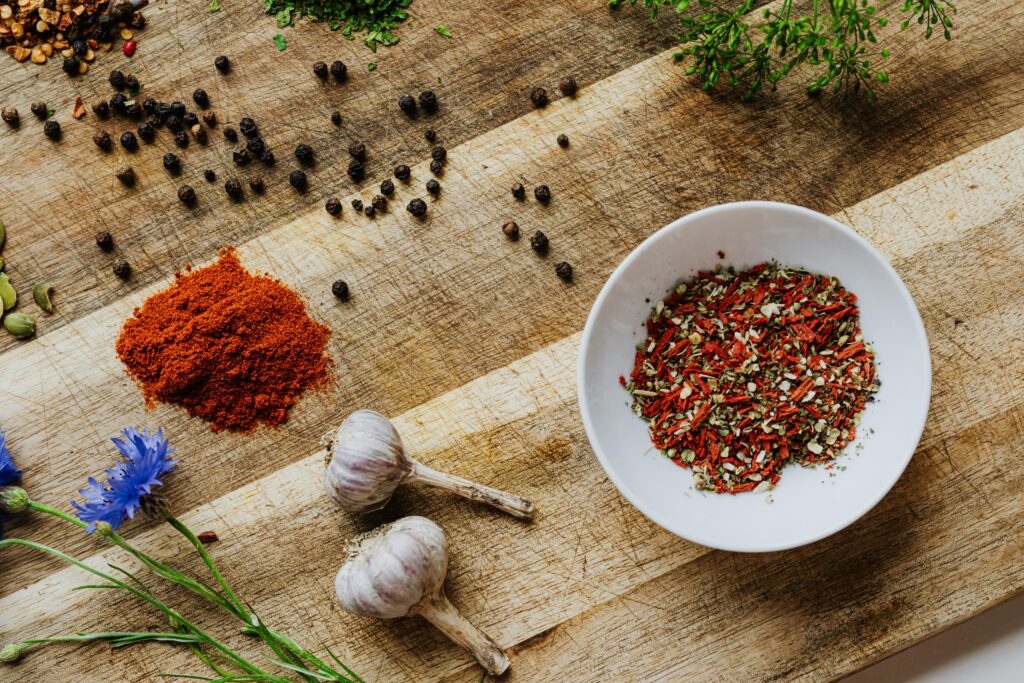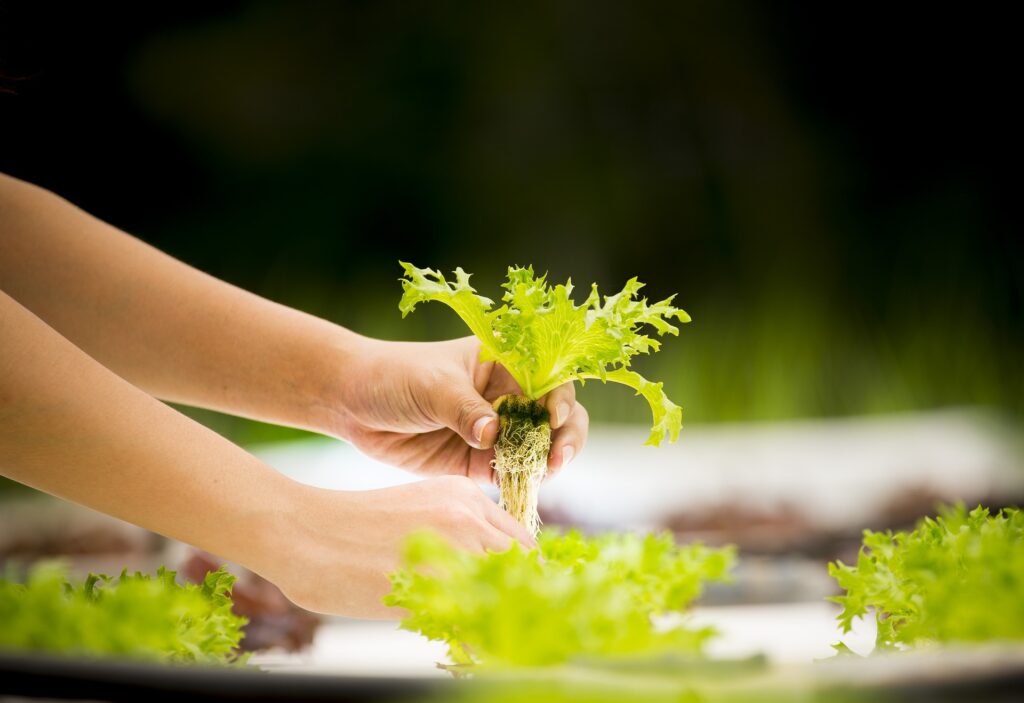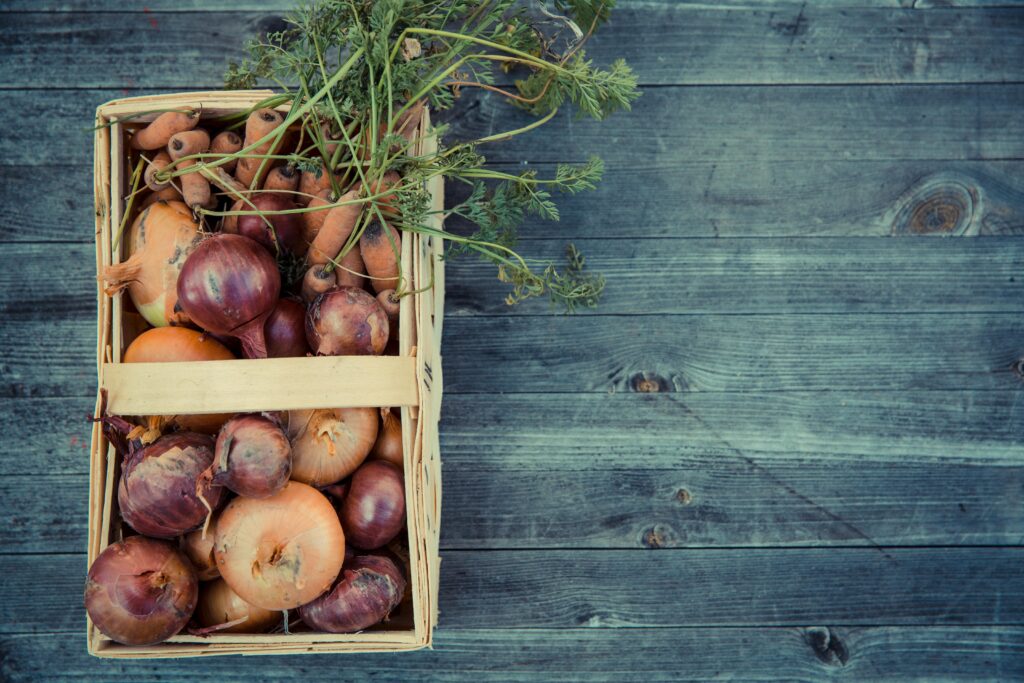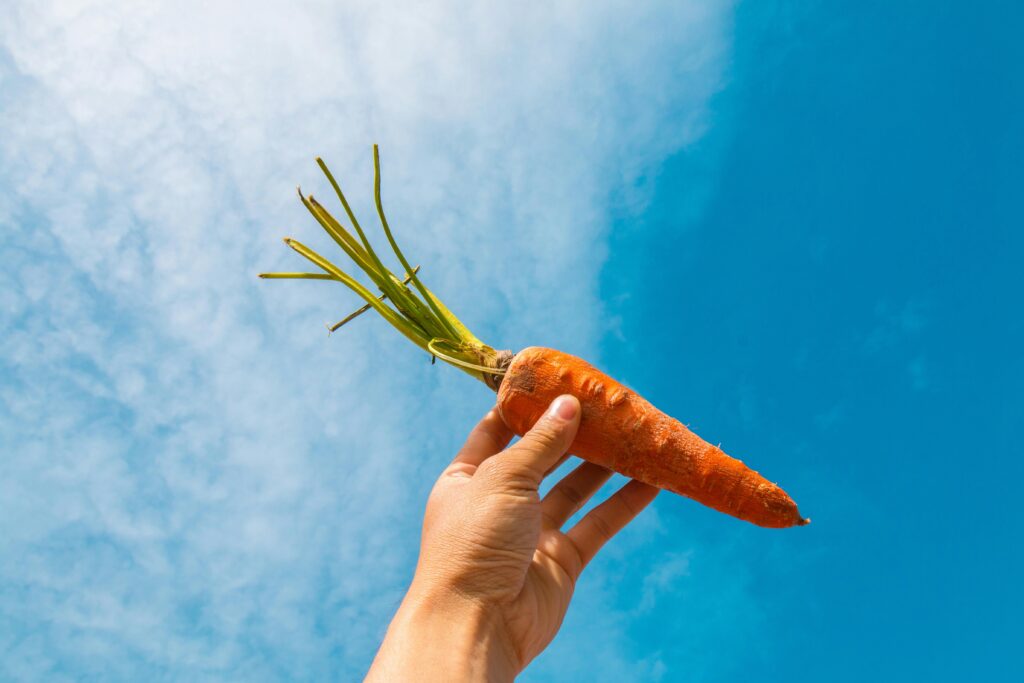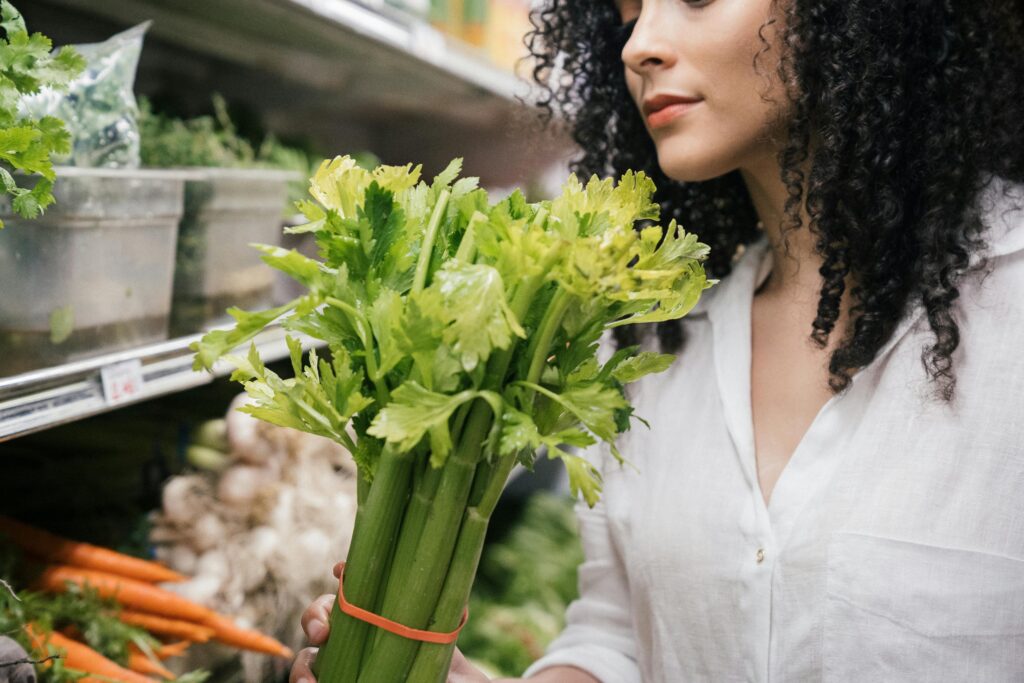Table of Contents
How Does Black Pepper Grow: Introduction
Black pepper, often referred to as the “King of Spices,” is an essential ingredient found in kitchens worldwide. Its pungent flavor and versatile use have made it a cornerstone in culinary traditions across cultures. But beyond its culinary appeal, black pepper also boasts a range of medicinal properties, from aiding digestion to reducing inflammation. This blog unveils the intricate journey of how does black pepper grow, from the initial planting of the vine to the harvesting of its prized peppercorns. Join us as we explore the fascinating lifecycle of this beloved spice, providing keen insights and tips for those aspiring to cultivate black pepper themselves.
Section 1: The Biology of Black Pepper
Understanding the Black Pepper Plant
The black pepper plant, scientifically known as Piper nigrum, is a tropical vine that can grow up to ten feet in height. It is native to South India but is now cultivated in various tropical regions around the world. The plant produces small, round fruits, which are the peppercorns we use in cooking. These fruits are green when unripe and turn red as they mature. Black pepper comes in different forms depending on the processing of these peppercorns: black, white, green, and red pepper.
Black pepper thrives in hot, humid climates with consistent rainfall. It requires rich, well-drained soil with a pH between 5.5 and 7.0. The vine is typically grown on support structures, such as trees or trellises, allowing it to climb and receive adequate sunlight.
Optimal Growing Conditions
How does black pepper grow depends on a delicate balance of sunlight and shade, as well as a consistent supply of water without waterlogging. They are often grown under the canopy of larger trees, which provide necessary shade and protect the vines from direct sunlight. Regular pruning and training of the vines are crucial to promote aeration and sunlight exposure, which in turn enhances fruit production. Fertilization is another vital aspect, with organic matter and compost greatly benefiting the plants.
This introduction and first section kick off our detailed exploration of how does black pepper grow. In the following sections, we will delve deeper into the growth stages, challenges, and the commercial aspect of black pepper cultivation.
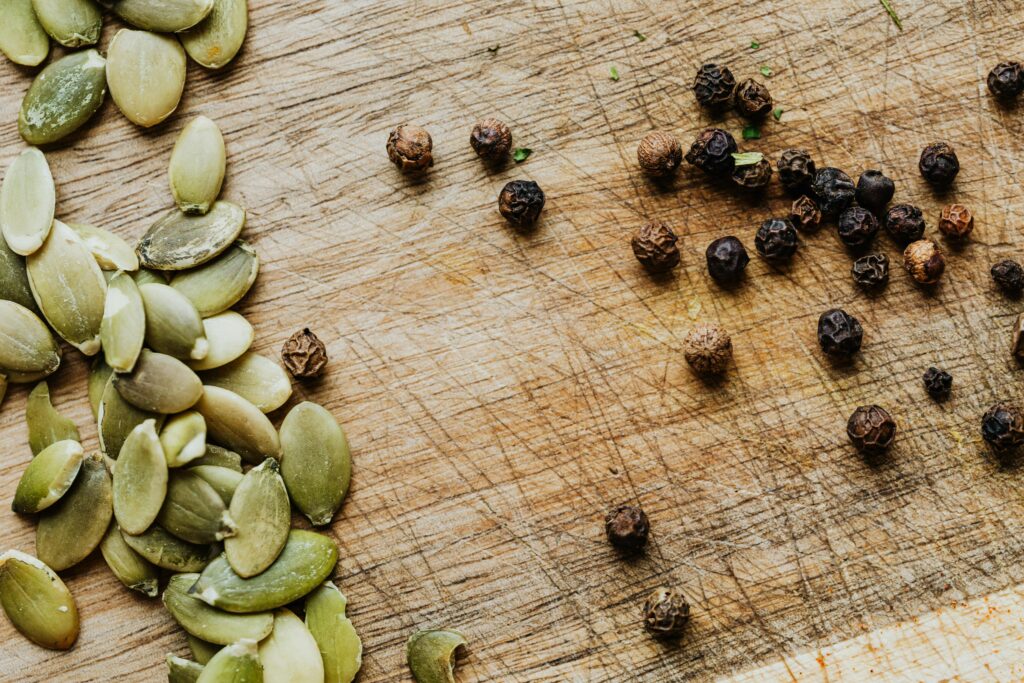
Section 2: From Seed to Harvest
Planting and Germination
The journey of growing black pepper begins with the selection of quality seeds or cuttings. For those starting from seeds, it’s essential to choose fully matured peppercorns that have been soaked in water for 24 hours to enhance germination rates. Planting is best done at the onset of the rainy season to leverage the natural moisture, crucial for the germination process. Seeds are planted in well-drained soil, kept moist, and often in partial shade to mimic their natural environment. Germination can be a slow process, taking anywhere from 20 to 40 days, requiring patience and careful attention to moisture levels.
Care and Maintenance
As the seedlings grow, they require consistent care to ensure healthy development. The young plants need a balanced mix of shade and sunlight, with protection from direct, harsh sunlight. Regular watering is crucial, but overwatering must be avoided to prevent root rot. The application of organic compost or fertilizer every few months will support the robust growth of the vines. Pruning is another critical aspect of care, removing dead or diseased parts of the plant and encouraging air circulation and sunlight exposure, which is vital for the development of the peppercorns.
The Harvesting Process
Approximately 3 to 4 years after planting, the black pepper vines will begin to bear fruit. The peppercorns initially appear as small green berries that cluster on spikes. Harvest time is critical; for black pepper, the berries are picked when they start to turn from green to yellow, indicating they are ripe but not fully matured. This timing is essential to ensure the peppercorns develop their characteristic pungent flavor and aroma. Once harvested, the peppercorns are sun-dried for several days, during which they shrink and darken, becoming the familiar black pepper used in kitchens worldwide.
Section 3: Challenges in Growing Black Pepper
Common Pests and Diseases
Growing black pepper is not without its challenges, including various pests and diseases that can affect the health and productivity of the plants. Common pests include mites, which can damage the leaves and stems, and beetles that attack the roots. Diseases such as root rot, caused by excessive moisture, and leaf spot, a fungal infection, can significantly impact plant health. Effective management includes regular monitoring, proper irrigation practices, and the use of organic pesticides and fungicides to control outbreaks.
Climatic Vulnerabilities
Black pepper plants are particularly sensitive to climatic conditions. They require a specific range of temperature and humidity to thrive, making them vulnerable to changes in weather patterns, such as unexpected droughts or excessive rainfall. To mitigate these vulnerabilities, growers can employ strategies like mulching to retain soil moisture, using shade nets to protect plants from intense sun, and implementing efficient drainage systems to prevent waterlogging.
Do you know you can grow black pepper using hydroponic method?

Section 4: Beyond the Garden: Black Pepper in Commerce
Processing and Drying
After harvesting, the processing of black pepper begins. The peppercorns are cleaned and then sun-dried, a critical step that determines the quality of the final product. Drying must be done carefully to prevent mold growth, with the peppercorns spread out in thin layers under direct sunlight. This process can take several days, after which the peppercorns have shrunk and darkened, developing their distinctive wrinkled appearance. Properly dried pepper is then sorted and graded according to size and quality before it is packaged for sale.
Global Trade of Black Pepper
Black pepper is more than just a culinary staple; it’s a significant commodity in the global spice market. India, Vietnam, Indonesia, and Brazil are among the top producers, contributing to a substantial portion of the world’s supply. The spice’s universal appeal and demand make it a valuable export, influencing economies and agricultural practices in producing countries. As consumers worldwide continue to seek out this versatile spice, the cultivation and trade of black pepper remain a dynamic and evolving industry.
How Does Black Pepper Grow: Conclusion
The journey of how does black pepper grow from a tiny seed to becoming the “King of Spices” is a testament to the complexity and intrigue of agricultural practices. This blog has explored the lifecycle of the black pepper plant, the challenges faced by growers, and the global significance of this cherished spice. Whether you’re a gardening enthusiast looking to try your hand at cultivating black pepper or simply a curious reader, the world of black pepper offers a fascinating glimpse into the intersection of nature, agriculture, and commerce. As we sprinkle this pungent spice onto our meals, let’s appreciate the intricate process behind its growth and the global journey it undertakes to reach our tables.
Frequently Asked Questions
What conditions are best for growing black pepper?
Black pepper thrives in hot and humid climates with well-drained, rich soil. It prefers a temperature range of 23-32°C (73-90°F) and benefits from partial shade or filtered sunlight.
How long does it take for a black pepper plant to produce fruit?
Black pepper plant typically begins to produce fruit about 3 to 4 years after planting, with full production reached around the 7th year.
Can black pepper grow in temperate climates?
Black pepper is a tropical plant and does not fare well in temperate climates. However, it can be grown in greenhouses or indoors where temperature and humidity levels can be controlled.
How are black pepper seeds germinated?
Black pepper seeds are best germinated in warm, humid conditions. They should be planted in well-drained soil and kept moist. Germination can take anywhere from 20 to 40 days.
What are the main uses of black pepper besides cooking?
Besides its culinary uses, black pepper has medicinal properties. It aids digestion, has antioxidant and anti-inflammatory effects, and can help improve respiratory conditions.

